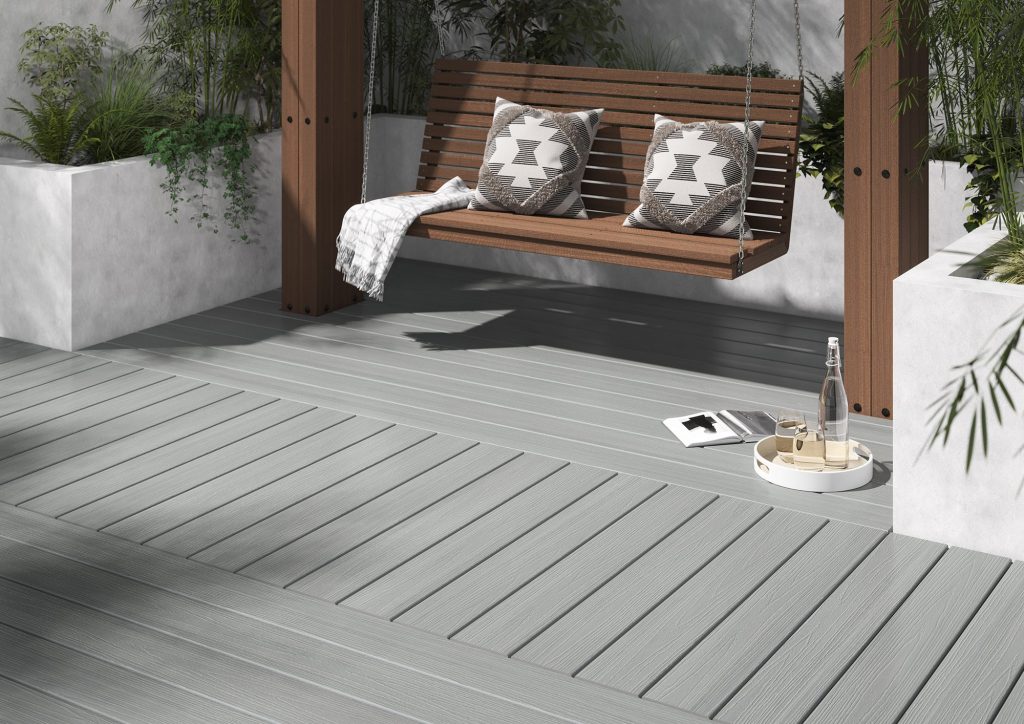Composite Decking vs. Traditional Wood – The Ultimate Showdown
When it comes to building a deck, homeowners are often faced with a critical decision- should they opt for traditional wood or embrace the modern alternative of composite decking? This choice can significantly impact the aesthetics, durability, maintenance, and overall cost of your outdoor living space. To help you make an informed decision, let’s delve into the ultimate showdown between composite decking and traditional wood. First, let’s consider the aesthetic aspect. Traditional wood decks have a timeless, natural appeal that many homeowners adore. The rich, earthy tones of cedar, redwood, or pressure-treated lumber can lend warmth and charm to any outdoor setting. However, composite decking has come a long way in replicating the look of wood. Nowadays, composite boards mimic the grain and texture of wood so closely that it’s often challenging to tell the difference. They are also available in various colors and finishes, offering homeowners a broader range of design options. While traditional wood has a classic allure, composite decking can provide the same appeal with added versatility. Next up is durability.

To combat these problems, regular sealing, staining, and maintenance are required, which can be both time-consuming and costly. In contrast, composite decking is engineered to withstand the harshest weather conditions without succumbing to these issues. It is impervious to rot, insects, and UV rays, ensuring that your deck maintains its integrity for years with minimal upkeep. This durability makes composite decking an attractive choice for homeowners seeking a low-maintenance outdoor space. Maintenance is where the real battle between the two materials unfolds. Traditional wood decks demand a significant amount of TLC. Yearly staining and sealing are necessary to keep the wood’s appearance and structural integrity intact. Splinters and loose boards are common headaches that homeowners must address. On the other hand, composite decking is virtually maintenance-free. A simple periodic cleaning with soap and water will suffice to keep it looking pristine composite decking uk. Cost considerations often play a pivotal role in decision-making.
Initially, traditional wood decking tends to be more budget-friendly than its composite counterpart . However, it’s important to look beyond the upfront costs. Over time, the expenses associated with wood deck maintenance, such as staining and sealing, can add up significantly. Composite decking, while initially pricier, offers long-term savings by eliminating these maintenance costs. Additionally, composite decks tend to have a longer lifespan, further enhancing their overall value proposition. In conclusion, the showdown between composite decking and traditional wood ultimately boils down to your priorities and preferences. If you cherish the natural aesthetics of wood and are willing to invest time and effort in maintenance, traditional wood may be your go-to choice. However, if you seek durability, minimal maintenance, and long-term savings, composite decking emerges as the clear winner. The decision ultimately hinges on your lifestyle, budget, and the long-term vision you have for your outdoor living space.